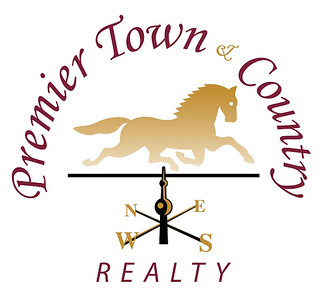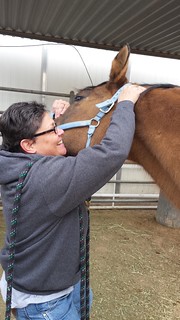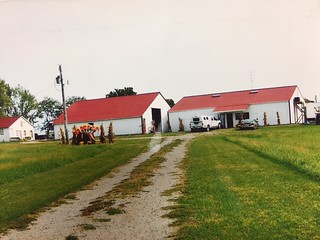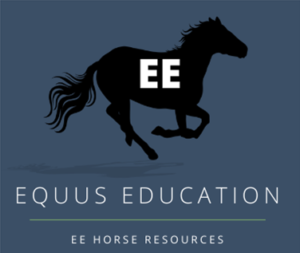What is it exactly that you do?
I am a Real Estate Agent specializing in horse property, farm, ranch and land. I own 5 horses so I know what it takes to purchase property that suits their specific needs.

In this field of work, is it possible to be a full time professional and earning a liveable income?
Yes it can be very lucrative. But my focus is more about helping people.
What are the general steps taken to be employed in such a role?
Over 600 hours of study and a state exam and license approval by the Texas and National Association of Realtors. Plus continuing education each year to maintain my license.
Favourite horse memory?
That’s a hard one. Was it my first ride when I was 3, was it when I won a first place ribbon for jumping when I was 12? Or was it when I bought my first horse Chochese an Appaloosa when I was 21, was it when I purchased my heart horse KoKo 10 years ago?
Or when I decided to take a new softer approach to training because she had shut down. It took about a year and a half to gain her trust but when I first saw her with a big swinging walk and a very confident tail lift as if she owned the world. I think that was it.
Future goals?
My future goals are to help people find that perfect horse, farm, ranch or land to build their dream home. I love helping people find the right fit for their specific needs.

Buying a ranch or farm or next home is usually the largest investment people will make in their life. I want to help make that investment/home for their families and animals be everything they want. Most of my business comes from referrals and I’m proud of that.
Best thing about your sport/profession?
I get to work with horse people mostly, I understand their needs. It’s not just a home to them it’s a home for their horses and horses have special needs. I know what they are.
Being outdoors showing properties in the country is something I love. I also love talking about horses but any farm animals, or crops or whatever their focus is. I have a Farm and Ranch Certification, I am a preferred Texas Veterans Agent, I have a GREEN certification, and am a Premiere Luxury Marketing Consultant.






